Top 9 Rock Festivals
This week Classic Rock Review joins the celebration of the 45th Anniversary of the historic 1969 Woodstock Music Festival. In conjunction with Top 9 Lists, we present a list of the Top 9 […]

This week Classic Rock Review joins the celebration of the 45th Anniversary of the historic 1969 Woodstock Music Festival. In conjunction with Top 9 Lists, we present a list of the Top 9 […]

Buy Black Sabbath Buy Paranoid Over the course of a year, Black Sabbath morphed from a pop blues band to a dark practitioner of occult music to a respectable hard rock band which […]
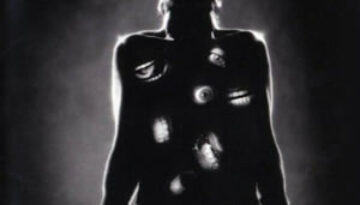
Buy Ozzmosis Ozzmosis is a solid rock album and, perhaps, the last best solo effort by Ozzy Osbourne. This seventh solo studio album was also sort of a comeback for the iconic rock […]
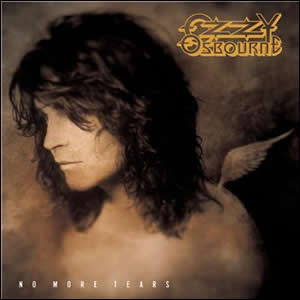
Buy Ordinary Average Guy Ozzy Osbourne entered the second act of his successful solo career with 1991’s No More Tears. This sixth studio album would go on to become his second best-selling in […]
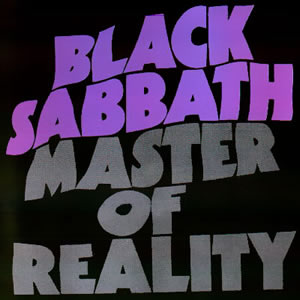
Buy Master of Reality Black Sabbath‘s third album, Master of Reality, sees the quartet building on the foundations of their two 1970 albums and exploring new fusions of heavy rock n roll. Some […]
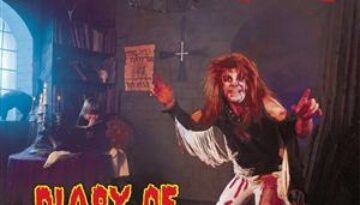
buy Diary of a Madman There is something pure about Ozzy Osbourne that makes him so endearing to his fiercely loyal fans. Without pretension, this big, overbearing lug that just plugs away at […]
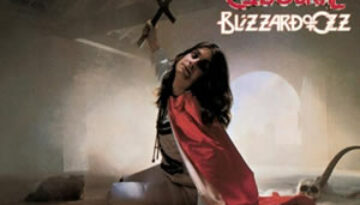
Buy Blizzard of Ozz Few rock and roll comebacks are as bizarre, but complete, as that of Ozzy Osbourne in 1980. Just a year after being fired from Black Sabbath, the superstar rock […]